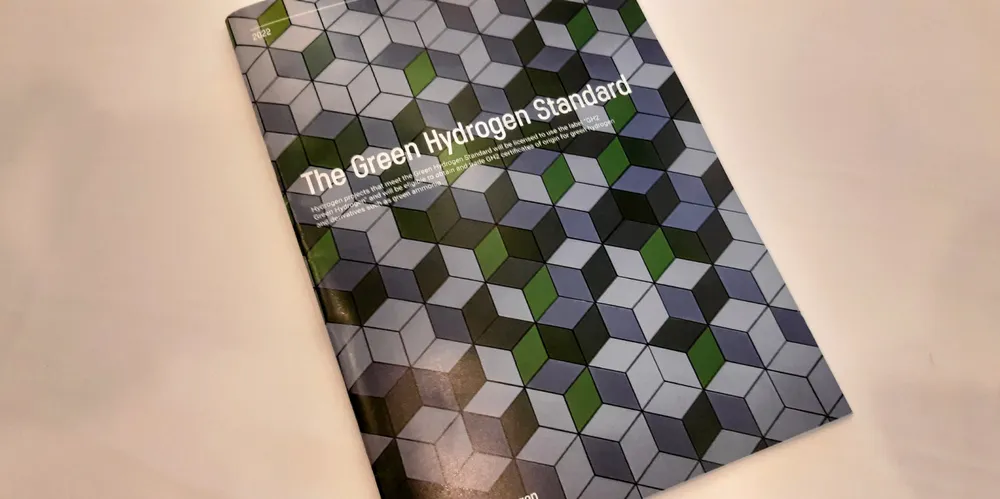'So important' | Industry sets strict rules on what can be labelled as 'green' hydrogen
Lengthy consultations end with Green Hydrogen Organisation agreeing industrial definition for green hydrogen, including ESG rules and emissions limit of 1kg CO2/kgH2

The definition also imposes environmental, social and governance (ESG) obligations on producers.
For example, producers will be expected to demonstrate that they have engaged with local communities and stakeholders on their projects, as well as considering the social and environmental impacts of new developments. They will also need to show they have considered and complied with international standards of human rights in the development and operation of their projects.
Guarantee of origin
Producers hoping to operate under the standard will be assessed by so-called Independent Assurance Providers, accredited by GH2. These providers will in turn report to GH2’s Accreditation Body, which will make the final decision on whether the standard has been met.
Projects that meet the requirement will be permitted to use the label “GH2 Green Hydrogen” and can obtain and trade GH2 Green Hydrogen Guarantee of Origin certificates, tracked by GH2’s official registry.
Marco Alvera, former CEO of Italian gas pipeline firm Snam, told the conference that the standard was necessary because blue, grey and green hydrogen are chemically indistinguishable once they are produced.
“[Climate] action needs to actually reduce and eliminate emissions, and that’s why this Green Hydrogen Standard is so important,” Julie Shuttleworth, CEO of green hydrogen developer Fortescue Future Industries, told the Barcelona audience.
“It calls out greenwashing, it calls out all the [other] colours of hydrogen and focuses on emissions. And the consumer, the customer, needs to know how many carbon emissions are emitted for each kilogram of hydrogen that they’re buying.”
Jonas Moberg, CEO of the GH2, added that the organisation is now working on a standard for green ammonia.
(Copyright)